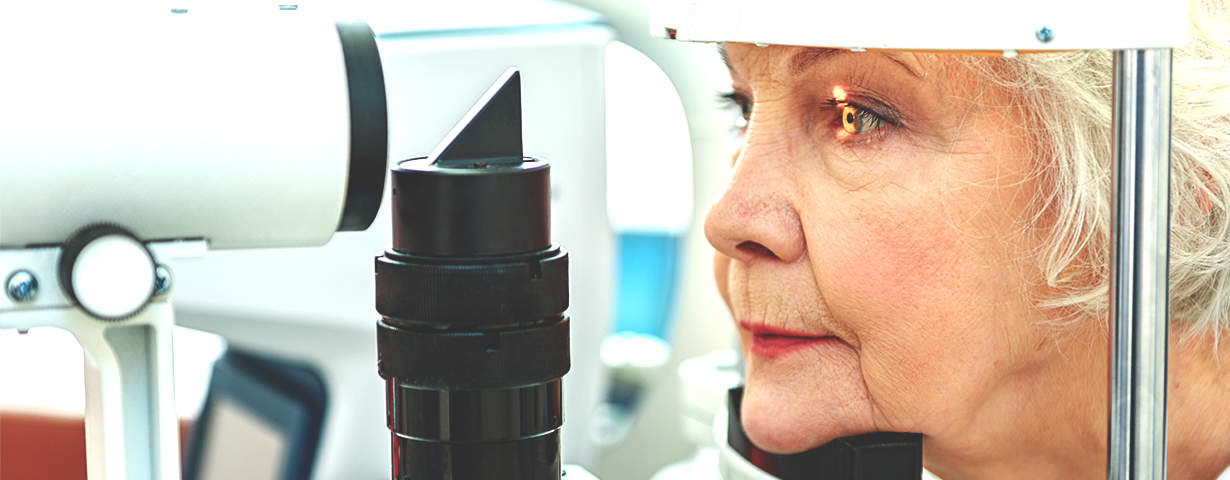Study Examines NSAID Use Linked to AMD?
Inflammation has been implicated in the pathogenesis of age-related degeneration(AMD), which suggests that nonsteroidal anti-inflammatory drugs(NSAIDs) may change disease activity.
The prospective cohort study on NSAID and AMD included 51,371 participants in the California Men’s Health Study (CMHS) conducted by Kaiser Permanente. Of the total participants, 292 had wet AMD, and 1536 had the dry form of the disease. The CMHS included men between the ages of 45 and 69 years old.
Participants were asked to complete a baseline questionnaire in 2002–2003 which included sociodemographic data, personal and family health history, health conditions, medication use, tobacco and alcohol use, and healthcare utilization, and received a follow-up survey in 2006 (mean time to follow-up, 7.4 years). Information on AMD diagnosis post-initial survey was retrieved via electronic medical records in the Kaiser Permanente system. Patients reporting AMD as diagnosed health condition in the baseline questionnaire were excluded from the study.
Results of the study showed that after factoring for an increased risk of wet and dry AMD due to race and age and smoking, that the risk of wAMD was “statistically significantly lower in patients with longer-term use of any NSAIDS” (hazard ratio [HR], 0.69; 95% CI, 0.50–0.96; P = .029), but that there was no statistically significant difference between patients with long-term non-aspirin NSAIDS (HR, 0.53; 95% CI, 0.25–1.13; P = .10) and patients with long-term aspirin use (HR, 0.79; 95% CI, 0.53–1.07; P = .12).
Since the data showed that the possible protective relationship between NSAID use and AMD was only statistically significant in longer-term NSAID users, the researchers believe that lowered risk of AMD may be dependent on the duration of exposure, but further research is needed to determine whether long-term NSAID use can be harnessed in a clinically meaningful way to modify risk.
The study, “The Relationship Between Nonsteroidal Anti-inflammatory Drug Use and Age-related Macular Degeneration,” was published in the American Journal of Ophthalmology.
Sources: Eyenet Magazine MdMag.com American Journal of Ophthalmology





















